In the ever-evolving world of productivity tools, businesses often face the challenge of choosing the right platform to streamline their processes and boost efficiency. Two popular options in this space are Asana and Stratpilot.
While Asana has long been a go-to for task and project management, Stratpilot is rapidly gaining recognition for its innovative, AI-powered approach tailored to modern business needs. Let’s dive into a comprehensive comparison to help you decide which tool aligns better with your objectives.
By – Vamsi Bumireddy (CTO)
Introduction to Asana and Stratpilot
Asana is a widely recognized tool for task management and project collaboration, helping teams organize and coordinate their work. While it provides a structured approach to project tracking and integrates with other tools, its offerings remain rooted in traditional task management, which may not fully address the evolving needs of modern businesses.
Stratpilot, in contrast, stands out as an innovative AI-powered assistant designed to elevate productivity and decision-making. With a focus on actionable insights and intelligent guidance, Stratpilot goes beyond providing businesses with strategies that enhance strategic thinking, simplify processes, and foster smarter workflows. Its versatility makes it ideal for teams and individuals aiming to stay ahead in dynamic environments.
Key Features: A Side-by-Side Comparison
Asana: Task and Project Management
Asana is primarily recognized for its task organization and project tracking capabilities, making it suitable for structured teams. However, its heavy focus on task and project management means it may not cater effectively to productivity enhancement or broader business needs beyond project coordination.
Stratpilot: AI-Powered Productivity for Business Operations
Stratpilot focuses on delivering real-time insights and guidance, helping teams make data-driven decisions effortlessly. It offers a personalized AI assistant that serves as a productivity coach, enhancing workflows without overwhelming users with excessive features. With its clean, user-friendly interface, Stratpilot ensures ease of use and quick adoption for all users, making it an excellent choice for businesses looking to simplify their processes.
While Asana leans heavily on task and project tracking, Stratpilot shines as a forward-thinking platform, leveraging AI to optimize productivity and decision-making.
Why Stratpilot Is a Better Choice for Modern Businesses
-
AI-Driven Intelligence
Stratpilot’s intelligent assistant sets it apart by offering actionable recommendations and insights based on data analysis. This helps businesses make informed decisions quickly without relying on manual input.
-
Focus on Productivity Over Complexity
Unlike Asana, which can become overwhelming with its extensive features, Stratpilot keeps things simple and focused. It helps to enhance productivity without requiring steep learning curves or constant configuration.
-
Future-Ready Capabilities
With AI at its core, Stratpilot is designed to adapt to the ever-changing needs of businesses. It’s a tool built for scalability and innovation, ensuring it remains relevant as your business grows.
-
Tailored for all Teams and Beyond
Stratpilot is especially beneficial for teams that want to go beyond task management and focus on real outcomes, such as sales growth, customer engagement, and operational efficiency.
 Where Asana Excels
Where Asana Excels
Asana is ideal for teams that require detailed task management and long-term project tracking. It’s a reliable choice for organizations heavily invested in integration with other platforms and teams that rely on a structured approach to collaboration.
However, its complexity and reliance on integrations may not suit all businesses, especially those seeking simplicity and AI-powered insights.
How Stratpilot Stands Out
Stratpilot’s core strength lies in its innovative approach to productivity. By prioritizing real-time guidance, personalized insights, and a clean, intuitive interface, it provides modern businesses with the tools they need to succeed in today’s fast-paced environment.
Its ability to focus on what truly matters like outcomes, decision-making, and collaboration makes it a superior choice for teams looking to work smarter, not harder.
Conclusion
Choosing the right productivity tool depends on your business’s unique needs. While Asana offers a feature for project and task management, Stratpilot stands out with its AI-driven approach, intuitive interface, and focus on simplifying workflows.
For businesses ready to embrace innovation and optimize their productivity, Stratpilot offers a forward-thinking solution designed to deliver real results.
Stratpilot is designed to meet the needs of businesses that prioritize innovation, simplicity, and actionable insights. By leveraging AI-powered features, Stratpilot provides personalized guidance, ensuring that businesses can streamline their workflows without being bogged down by unnecessary complexities. Its user-friendly interface and intelligent prompts make it easy for teams to focus on what matters most: driving results. Whether it’s offering strategic insights, aiding collaboration, or simplifying daily operations, Stratpilot is built to redefine productivity for forward-thinking organizations.
Ready to transform the way you work? Explore Stratpilot and Sign up today to unlock your team’s full potential!
Frequently Asked Questions (FAQs)
1. What is Stratpilot best used for?
Stratpilot is an AI-powered productivity tool that helps businesses enhance decision-making, improve workflows, and achieve better results. It is especially effective for all teams and businesses looking for actionable insights and real-time guidance.
2. Which platform is easier to use?
Stratpilot’s user-friendly interface and intuitive design make it incredibly easy to adapt, even for first-time users. Asana can have a steeper learning curve due to its extensive functionalities.
3. Is Stratpilot suitable for small businesses?
Yes, Stratpilot is highly suited for small and medium-sized businesses. Its focus on AI-powered insights and simplicity makes it an excellent choice for teams looking to boost productivity without managing complex tools.



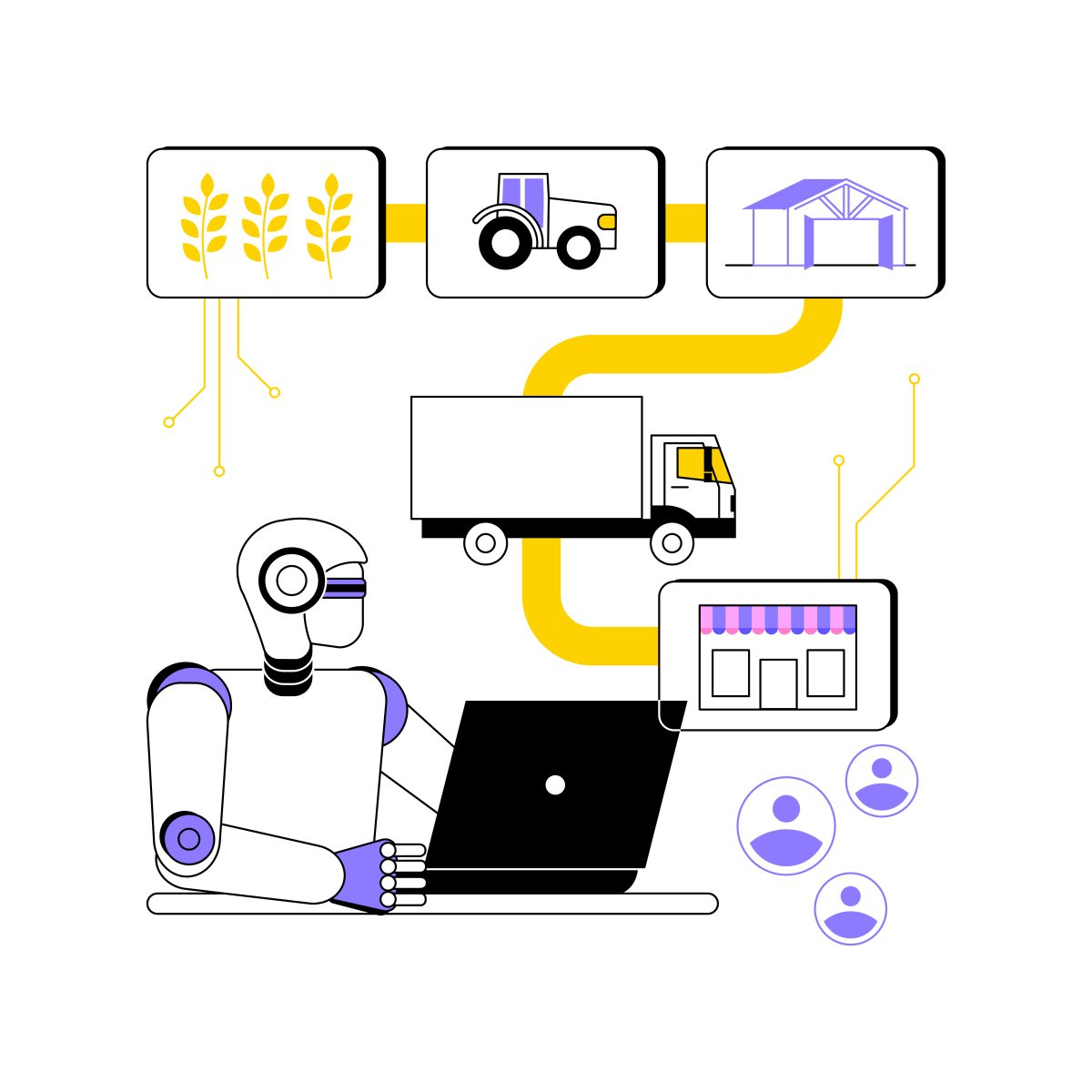
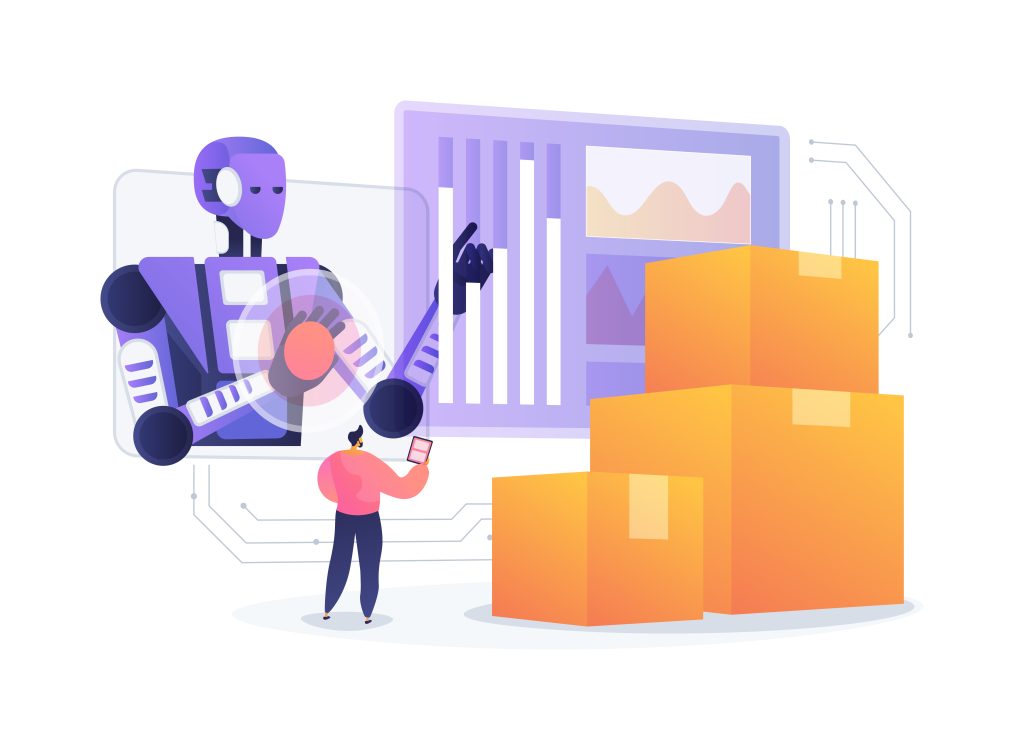 Example Output Using
Example Output Using 
 How
How 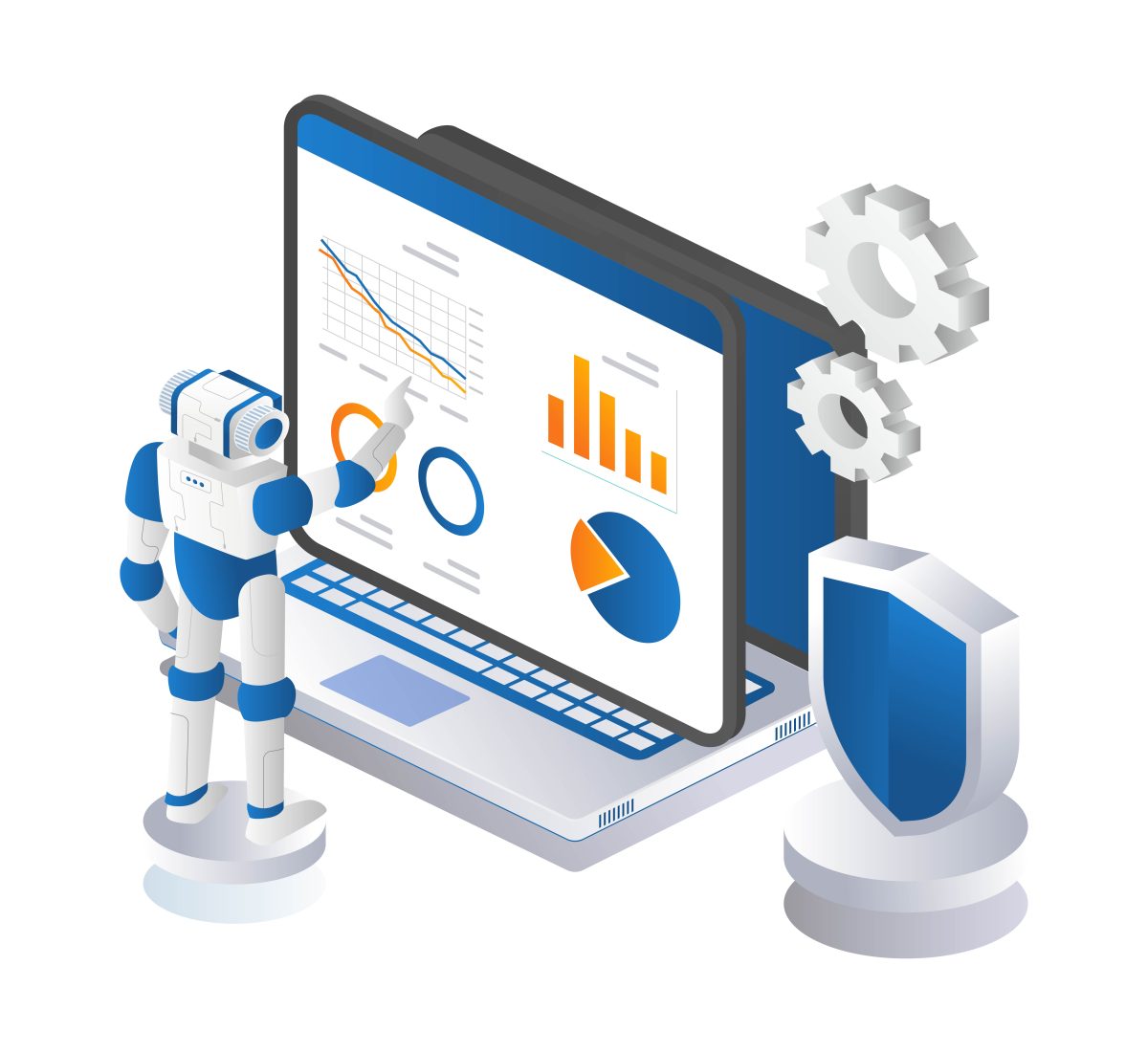
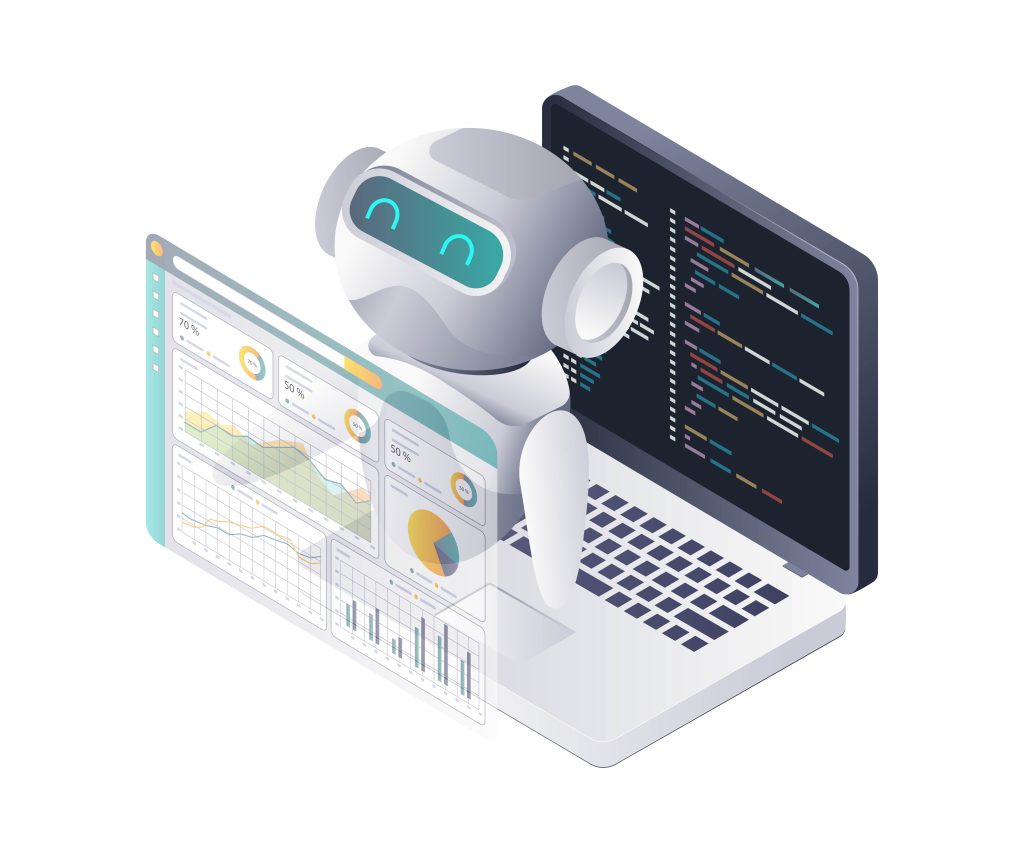 How
How 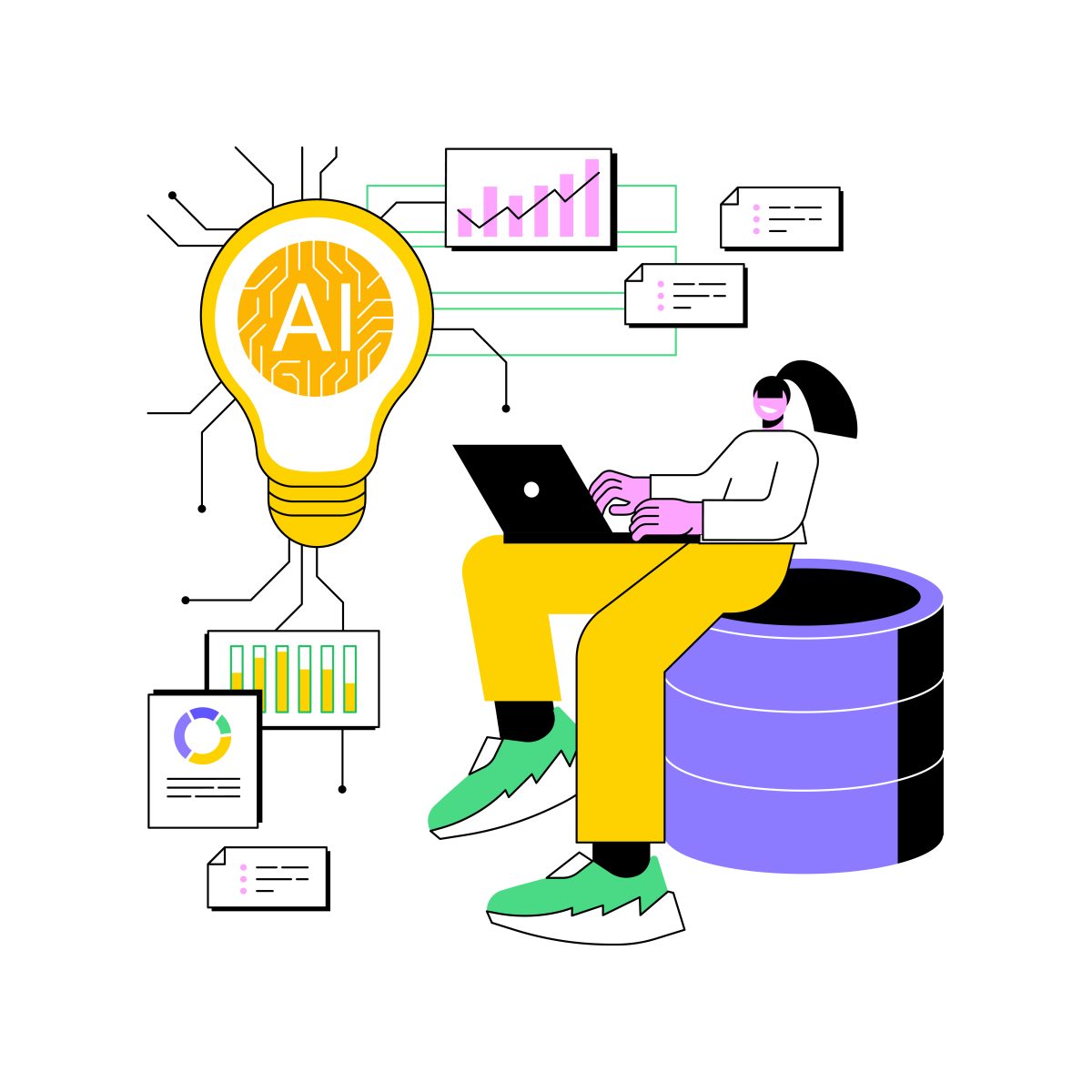
 Pros and Cons
Pros and Cons
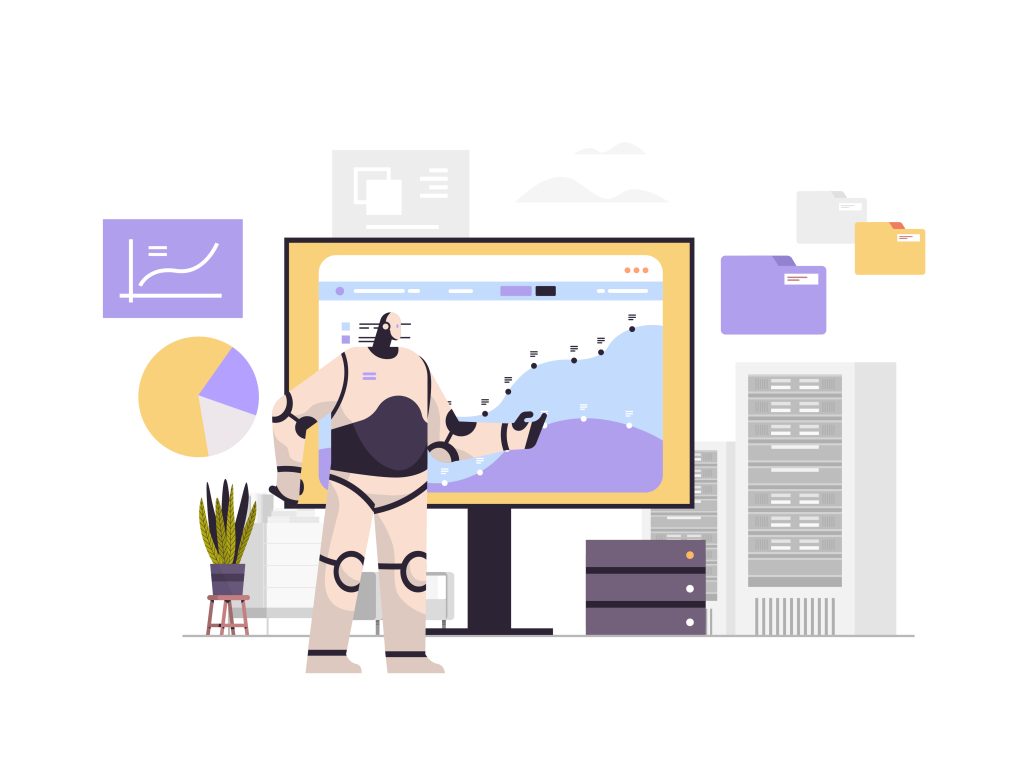 Example Output for Tracking Technology Performance Metrics
Example Output for Tracking Technology Performance Metrics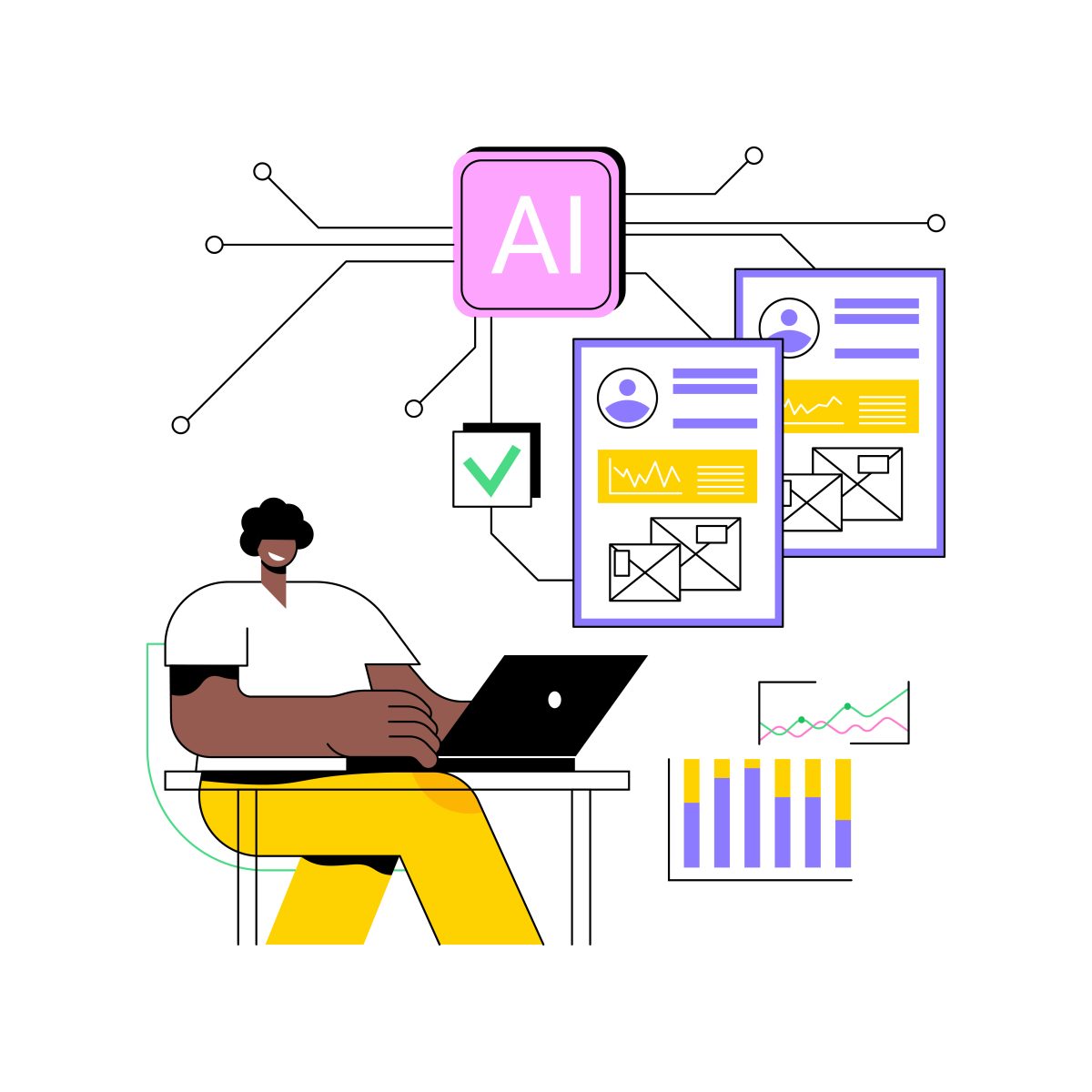
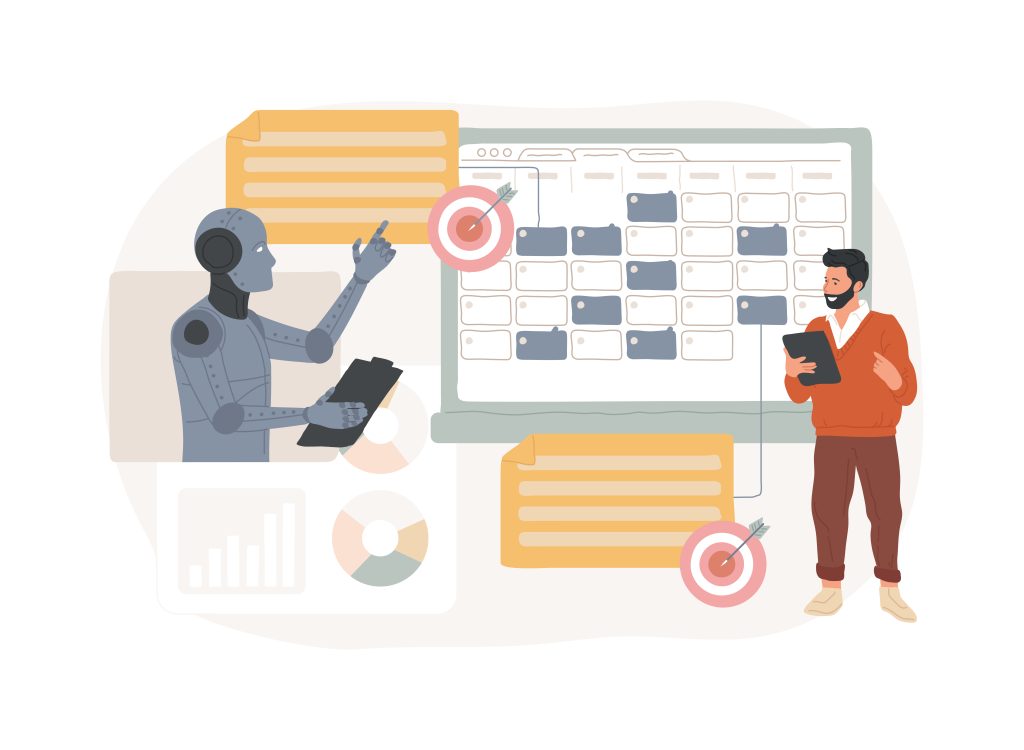 How
How ![Benefits of Conversational AI in Retail [+ Practical Use Cases]](https://stratpilot.ai/wp-content/uploads/2024/12/352217324_164b6b17-9af6-4846-aaa0-9c88a25725f6-1200x1200.jpg)
 Why Conversational AI is Vital in Retail Today
Why Conversational AI is Vital in Retail Today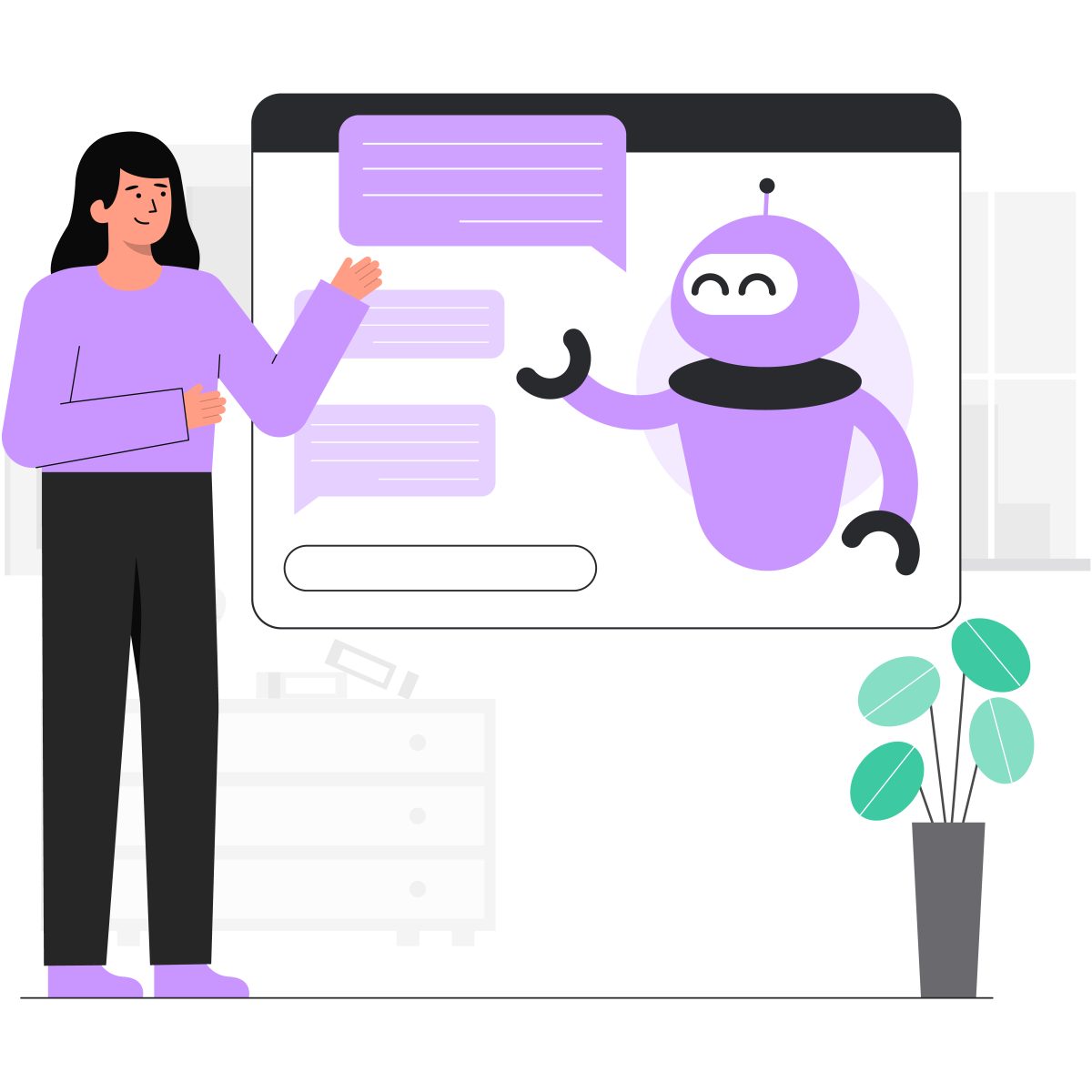
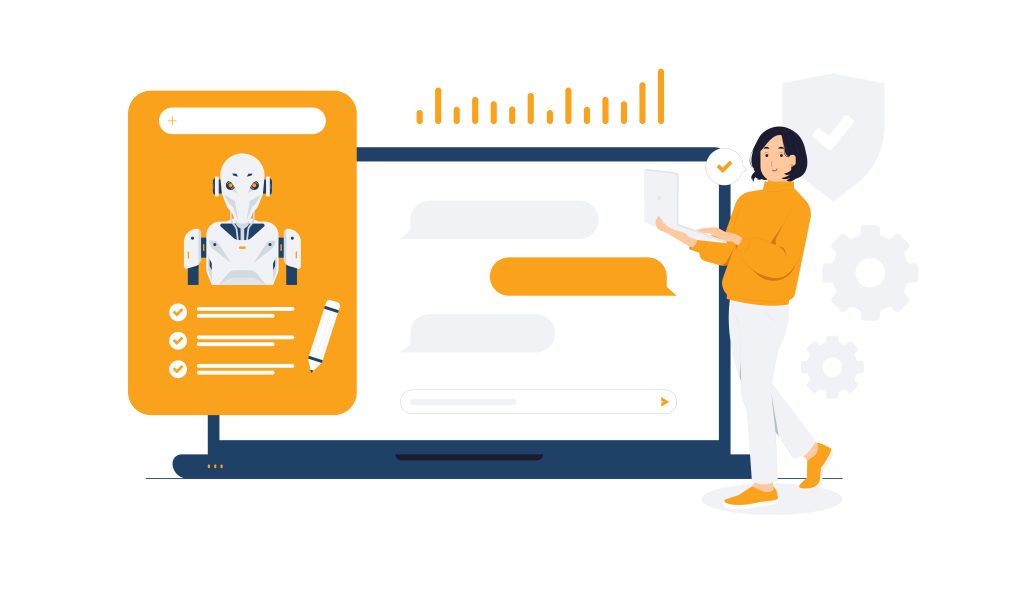 Why Negative Prompts Are a Game-Changer for AI Image Generation
Why Negative Prompts Are a Game-Changer for AI Image Generation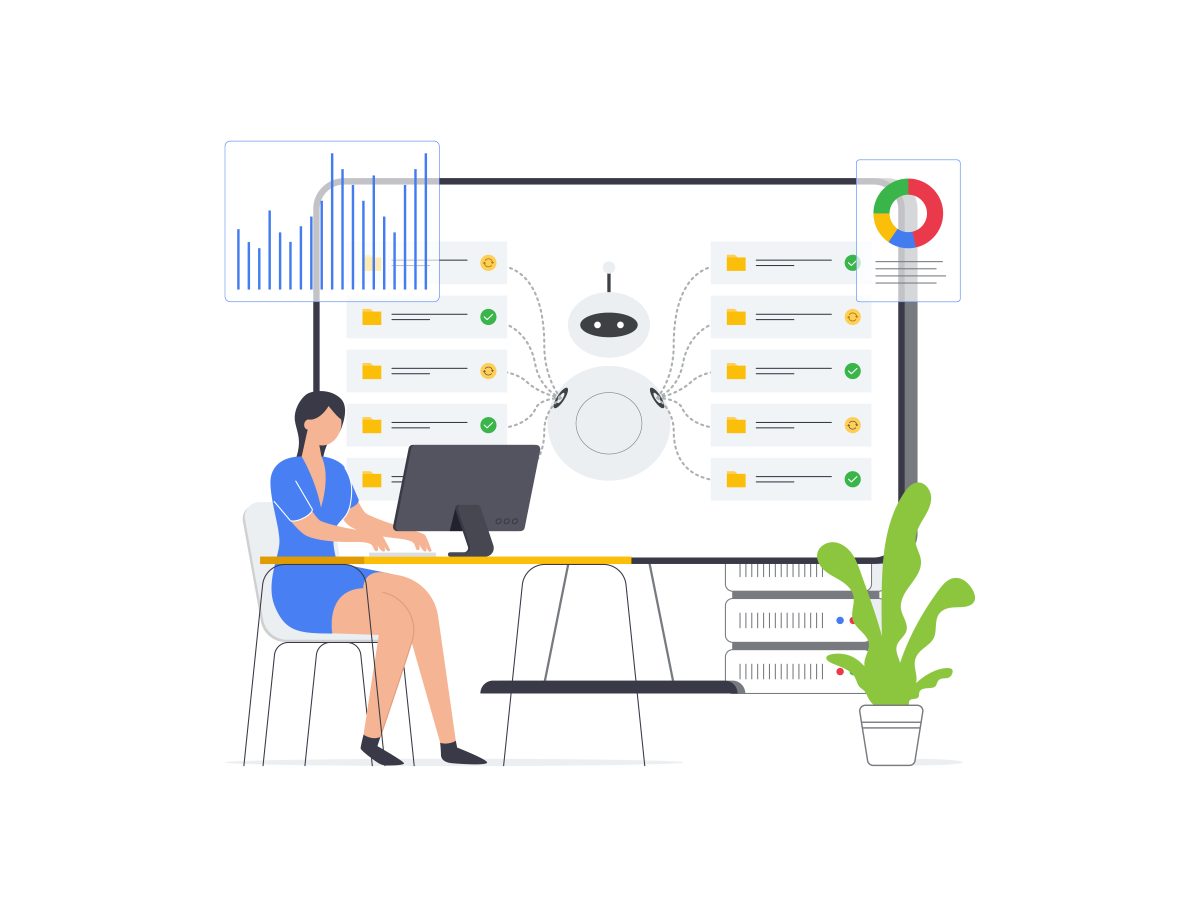
 How
How 

